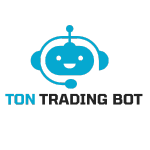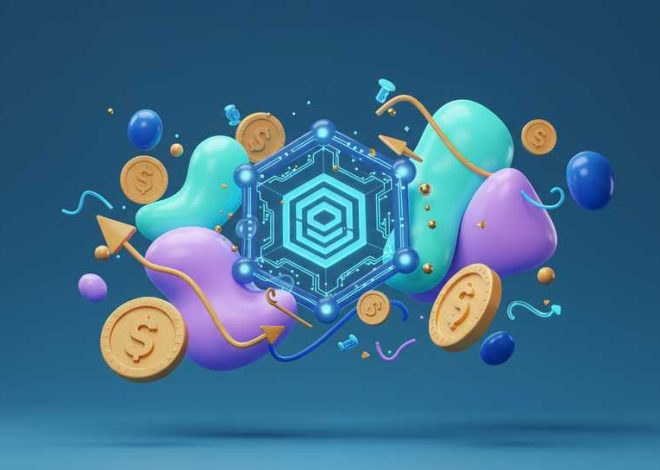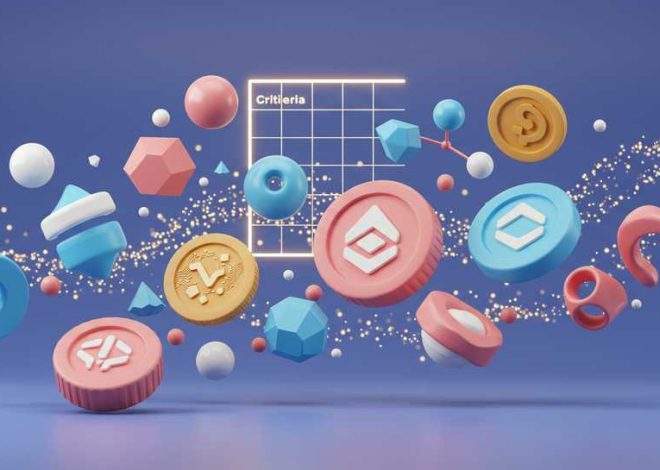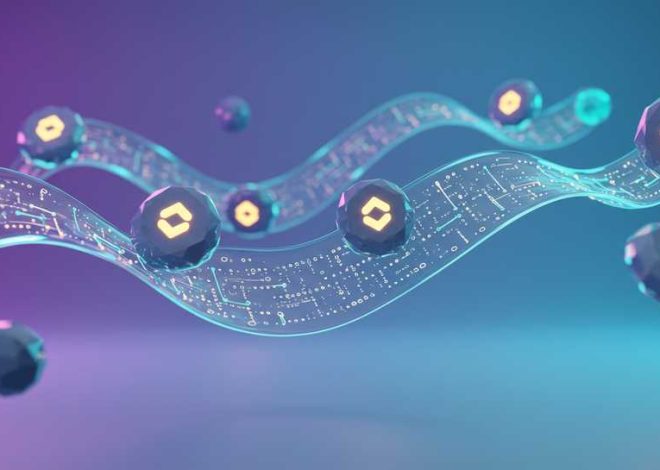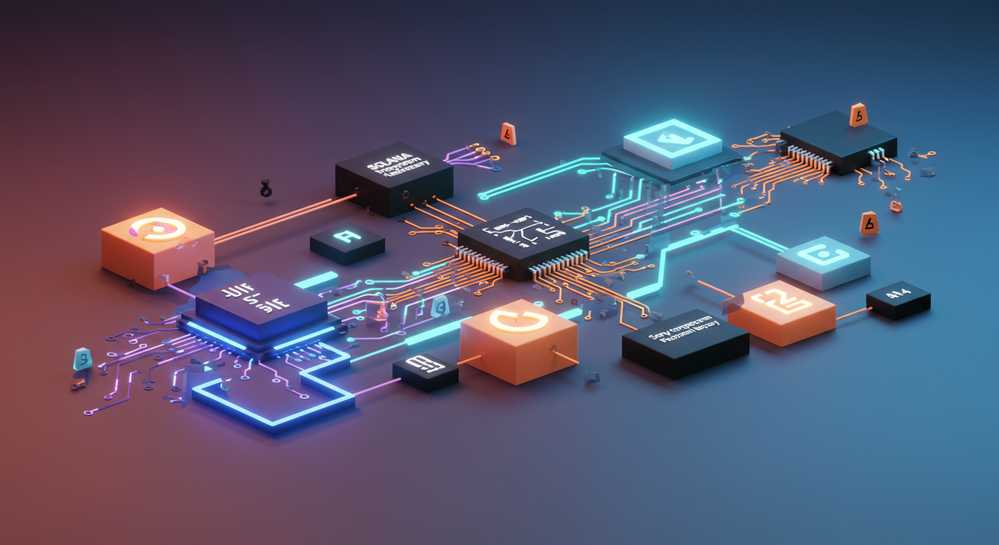
Understanding the Solana Program Library and its Core Functions
The world of blockchain technology is constantly evolving, with new innovations emerging regularly. Among the most crucial elements enabling this growth on the Solana network is the what is Solana Program Library. This foundational collection of on-chain programs and interfaces provides a standardized, efficient, and secure way for developers to build decentralized applications (dApps). Understanding the SPL is key to grasping how Solana achieves its high performance and robust ecosystem for everything from DeFi to NFTs.
Contents
Defining the Solana Program Library
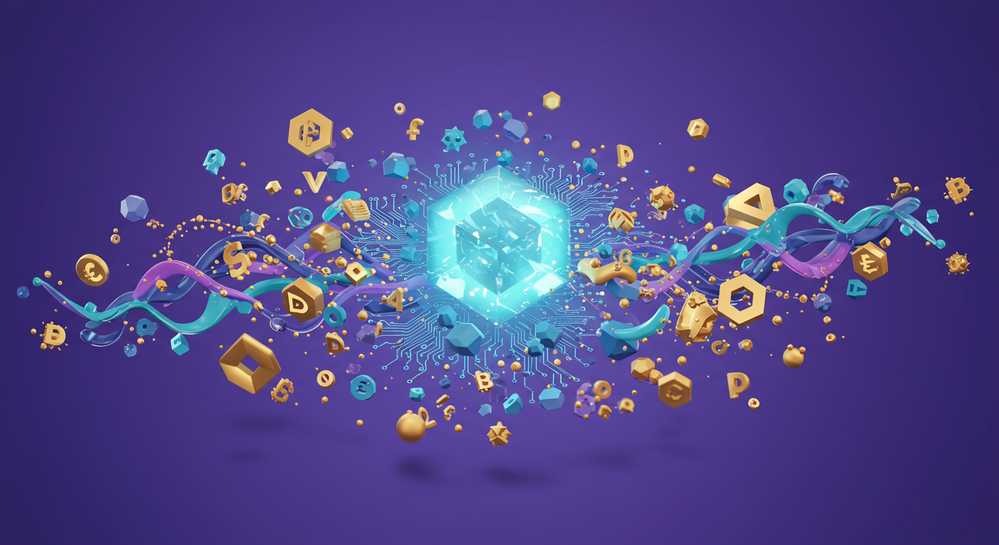
The Solana Program Library (SPL) is a foundational collection of on-chain programs, serving as a comprehensive toolkit for Solana developers. It provides pre-built, rigorously audited, and highly reusable modules. Developers leverage SPL for common operations like token management, staking, or name services, significantly accelerating application development. Understanding what is Solana Program Library is crucial for engaging with Solana’s ecosystem.
SPL’s primary purpose is to enforce standardization and streamline component interactions within the Solana ecosystem. This strategic approach yields multiple critical advantages, making it indispensable for network growth:
- Interoperability: Ensures diverse applications seamlessly communicate and manage shared asset types.
- Security: Bolstered by battle-tested, peer-reviewed code, minimizing common vulnerabilities.
- Efficiency: Development dramatically improves, freeing builders to innovate on unique application logic.
- Consistency: Fosters a predictable and uniform environment, making the Solana experience robust and accessible.
This library is not merely a convenience; it is a vital architectural component underpinning Solana’s scalability and developer-friendliness in Web3.
Key Components and Functionalities of SPL

The Solana Program Library (SPL) encompasses a diverse range of essential programs, each serving a distinct purpose that collectively enables the rich functionality of the Solana blockchain. While the Token Program is widely recognized, understanding what is Solana Program Library also involves appreciating its many other crucial components.
The Token Program
This program forms the foundation for creating, managing, and interacting with both fungible and non-fungible tokens (NFTs) on Solana. It establishes the standard for tokens, akin to ERC-20 or ERC-721 on Ethereum. Developers utilize it for operations such as minting new tokens, transferring them between accounts, and managing supply. This enables the creation of various digital assets, including new meme coin projects.
Associated Token Account Program
This program ensures every user has a unique token account for each token type they hold, derived from their main public key. This design simplifies token management by providing predictable, deterministic addresses for token holdings. It enhances user experience by streamlining asset discovery and interaction.
Memo Program
The Memo Program allows users to attach short, arbitrary messages, or “memos,” to transactions. Though simple, it proves invaluable for adding context or small data snippets to on-chain activities. This feature is frequently used for auditing purposes or specific application logic, providing clarity to transactions.
Stake Program
This program facilitates the staking of SOL tokens, enabling users to delegate their SOL to validators. Staking secures the network and allows participants to earn rewards, forming a fundamental pillar of Solana’s Proof-of-Stake consensus mechanism. It is a key component for network decentralization and security.
Name Service Program
Similar to how DNS works for websites, the Name Service Program enables the registration of human-readable domain names, such as .sol domains. These domains map directly to Solana addresses, significantly improving user experience and discoverability across the ecosystem. This abstraction simplifies complex blockchain addresses for everyday use.
The Importance of SPL in Solana’s Ecosystem
The Solana Program Library (SPL) is crucial for the Solana ecosystem’s health and growth. It acts as a force multiplier for developers, underpinning the platform’s efficiency and scalability. Grasping what is Solana Program Library highlights its foundational impact.
SPL significantly lowers the barrier to entry for decentralized application (dApp) development. By offering ready-made, audited solutions for common blockchain functions, developers focus on unique application logic. This rapid development cycle is essential for innovation in the fast-paced Web3 environment.
Moreover, SPL programs are highly optimized for Solana’s architecture, known for its high throughput and low transaction costs. This optimization results in more efficient and cost-effective dApps for users. Enhanced user experience drives broader adoption and engagement.
The standardization provided by SPL fosters a highly interoperable ecosystem. All tokens adhering to the SPL Token Program standard ensure seamless interaction across applications. This interconnected environment is vital for DeFi, NFTs, and other blockchain use cases, enabling better undefined.
Developing with the Solana Program Library
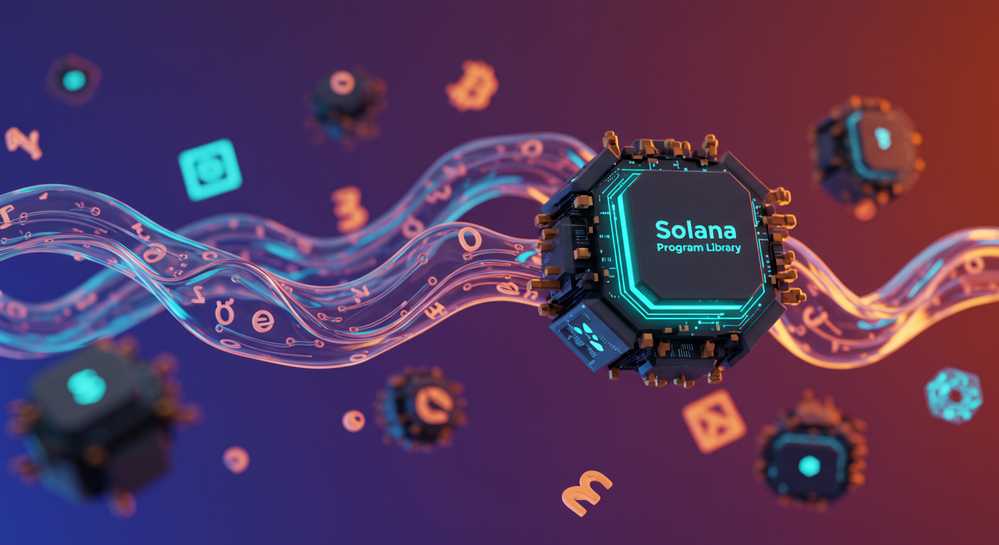
Developers building on Solana find the Solana Program Library (SPL) an indispensable resource. Interacting with SPL programs is a fundamental part of creating any decentralized application within this ecosystem. Understanding what is Solana Program Library from a development perspective reveals its practical utility.
The primary language for writing Solana programs is Rust. It is often used with the Anchor framework, which significantly streamlines development. Anchor abstracts away much of the boilerplate code, allowing developers to focus on core logic. This framework enhances efficiency and reduces common errors in Solana development.
When implementing token functionality in a dApp, developers do not need to write the entire token logic from scratch. Instead, they simply invoke methods provided by the SPL Token Program. This is achieved through Solana’s Software Development Kits (SDKs), available in languages like Rust, TypeScript, and Python. For instance, a token transfer involves calling the `transfer` instruction of the SPL Token Program, specifying source, destination, and amount.
This modular approach means Solana applications combine custom-written programs with calls to existing SPL programs. This methodology not only accelerates development but also ensures core functionalities are handled by robust, community-audited code. Integrating and extending these library programs is a core skill for any Solana developer, enabling powerful and secure application builds.
The Solana Program Library is undeniably a cornerstone of the Solana blockchain, offering a standardized, efficient, and secure foundation for its thriving ecosystem. By providing a suite of battle-tested programs and interfaces, SPL empowers developers to innovate rapidly, fostering a diverse range of decentralized applications from high-frequency trading platforms to vibrant NFT marketplaces. Its design inherently promotes interoperability and reduces development overhead, making Solana an attractive platform for builders. As the Solana ecosystem continues to expand, the SPL’s role in driving innovation and adoption will remain paramount, underpinning much of the exciting progress in the Web3 space. For those looking to engage with this dynamic environment, platforms like Ton Trading Bot offer avenues to explore the practical applications of such advanced blockchain infrastructure.
